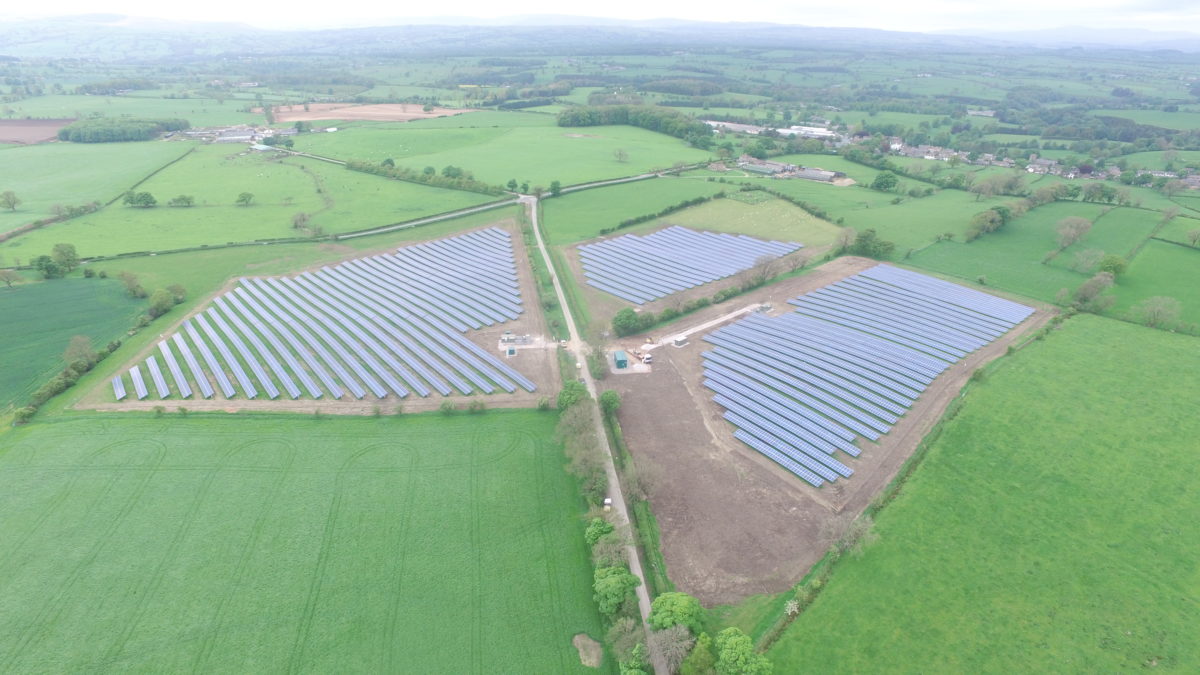PV project developers Wirsol and Hive Energy have formed a joint venture going by the name of Cleve Hill Solar Farm Ltd, and made a proposal for the development of a PV project of the same name.
The project will still have to undergo several stages of application and consultation, and as such details are a little scarce. However, the developers say that it will have a capacity in excess of 350 MW – which would make it the largest PV power plant in Europe at the time of writing – and will incorporate battery storage technology ‘to provide balancing services to the grid’, and most likely utilize an east/west panel orientation ‘to facilitate a more constant generation throughout the day.’
Announcing the proposal, the joint venture stated the project is to be built without any government subsidy. This comes just weeks after project developer Anesco unveiled the UK’s first subsidy free solar free project. Cleve Hill Solar Farm Ltd. looks to be aiming at a similar strategy – co-locating storage and aiming for stable generation over long periods – but if plans for this project go forward at the scale suggested, it would represent a major scale-up for UK solar projects.
Asked by pv magazine about the importance of the project’s storage element, a representative for the joint venture responded: “Whilst the project design will evolve throughout the consultation process, every indication is that battery storage will remain intrinsic to the park’s energy solution.”
The representative also commented that “all routes to market are being explored” with regard to the model for electricity sale. The project’s website speculates that the solar farm could bring in as much as GBP 27.25 million ($35.6 million) in investment over its lifetime, and generate more than GBP 1 million per year for the local government.
A site for the project has been chosen on lower-grade agricultural land, on the North Kent coast in South Eastern Britain. The JV says that the site is adjacent to a substation serving the London Array Offshore Wind Farm, and therefore offers capacity to connect directly to the National Grid transmission network.
Due to its proposed size, the project will be classified a ‘Nationally Significant Infrastructure Project’ and would require a Development Consent Order (DCO) from the Secretary of State for Business, Energy and Industrial Strategy. Two consultation phases, including a full environmental impact assessment, will take place over the coming months, and the submission of the DCO application is scheduled for later in 2018.
This content is protected by copyright and may not be reused. If you want to cooperate with us and would like to reuse some of our content, please contact: editors@pv-magazine.com.




Why cant you store energy by pumping a lake to a mountaing lake (covert to potential energy ) and use it downstraem energy as electricity . later on —
Hi Dilsat,
You can do that, and it is a pretty common method of energy storage in hydro power plants. I don’t think there are many mountain lakes in the Southeast of England though.